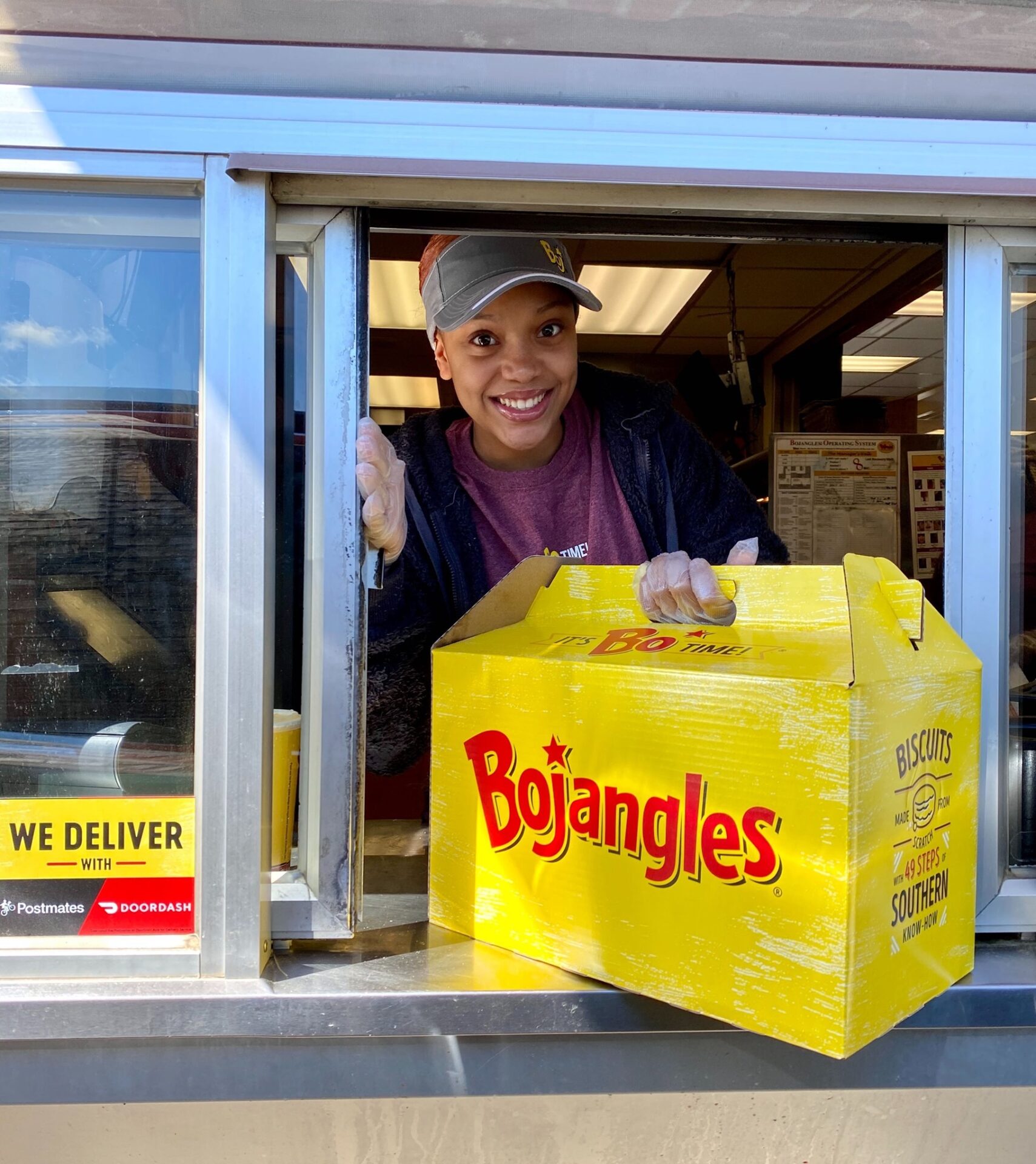
Customer Stories
Industry leaders elevate their frontline workforce with Fountain.
Hear what our customers have to say.
How Alto Doubled Driver Hiring with Fountain’s AI Recruiter and Candidate AI Agent
Alto is a premium rideshare and driver services company focused on delivering a high-quality, hospitality-driven experience across its markets. To support rapid growth while maintaining strict standards for driver quality, Alto needed a hiring approach that could scale efficiently without increasing recruiter headcount.
By leveraging Fountain’s AI-powered hiring capabilities, Alto transformed its driver hiring into a high-conversion, high-engagement pipeline—boosting applicant conversion, reducing time-to-hire, and more than doubling weekly driver hiring volume, all while keeping the recruiting team lean and focused on quality.

How Alto Doubled Driver Hiring with Fountain’s AI Recruiter and Candidate AI Agent
Alto is a premium rideshare and driver services company focused on delivering...
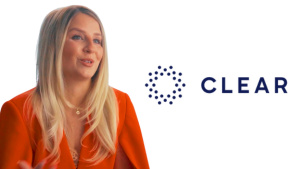
How CLEAR transformed their manual hiring process to increase speed & quality with Fountain
Hear from CLEAR’s VP of People and Performance for Airport Operations, Philip...

Brightside Health sees 26% higher workforce engagement with Fountain Pulse
Learn how Fountain Pulse has enabled Brightside Health to continuously improve their...
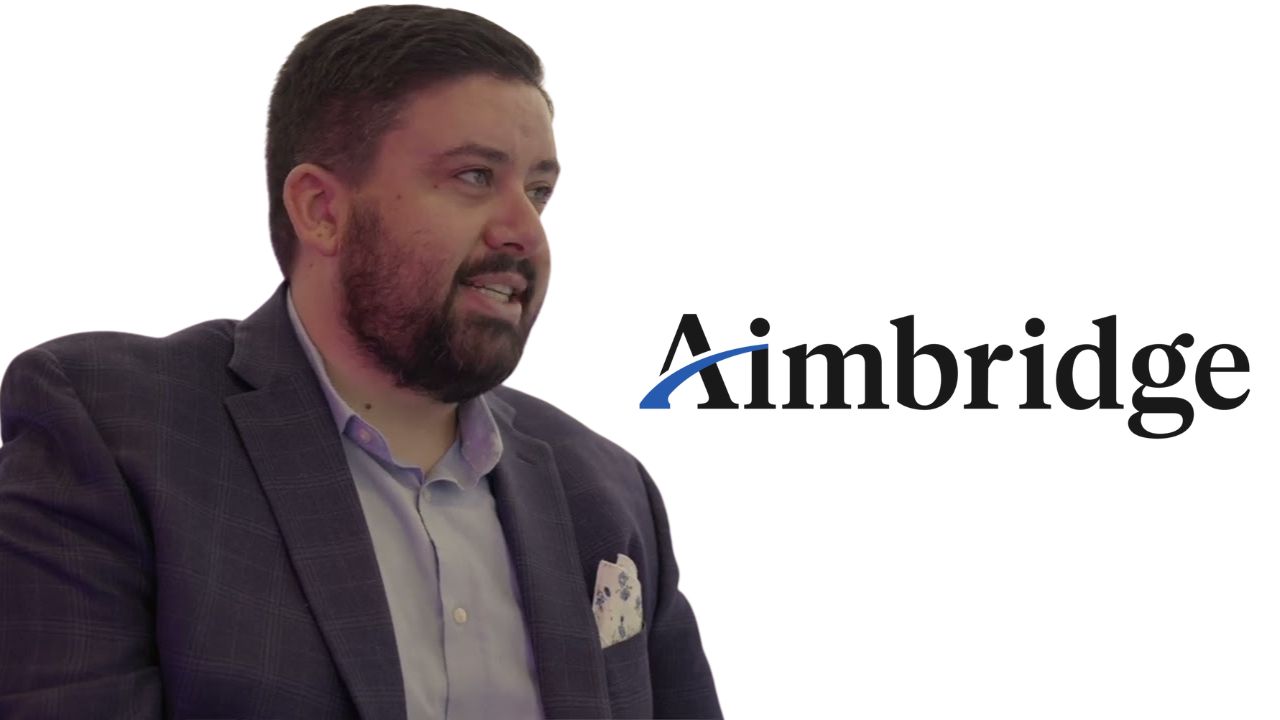
How Aimbridge is elevating their hiring with AI
Discover how Aimbridge, America’s largest third party hotel management company, turned “I...

UPS hires 100k workers in 6 weeks with Fountain
Learn how UPS used Fountain’s scale and automation to provide the best...
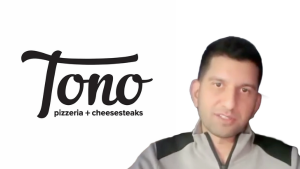
Tono Pizzeria streamlines restaurant hiring with Fountain and Toast
Discover how Tono Pizzeria + Cheesesteaks partners with Fountain and Toast to...

LiveOps empowers workers to grow their career with Fountain
Learn how LiveOp’s former Chief Marketing Officer Tara Holloway gives HR teams...
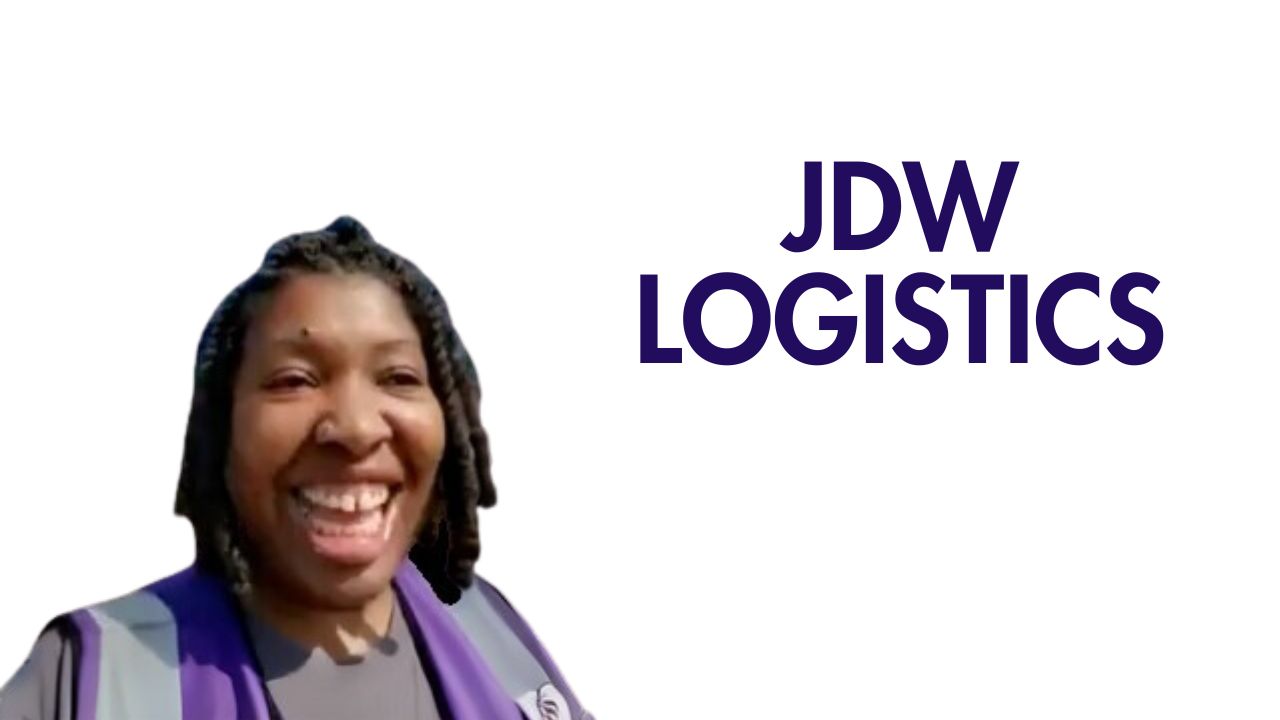
JDW Logistics uses Fountain for everything
Sharenne from JDW Logistics shares how Fountain has become their ultimate hiring...
